Canton Lake State Park
Canton Lake State Park is known for its great boating and water activities as well as plenty of fine fishing. But both the lake and the nearby town of Canton, Oklahoma, also played an important role in Oklahoma's History. Here's what you need to know about this beautiful area.
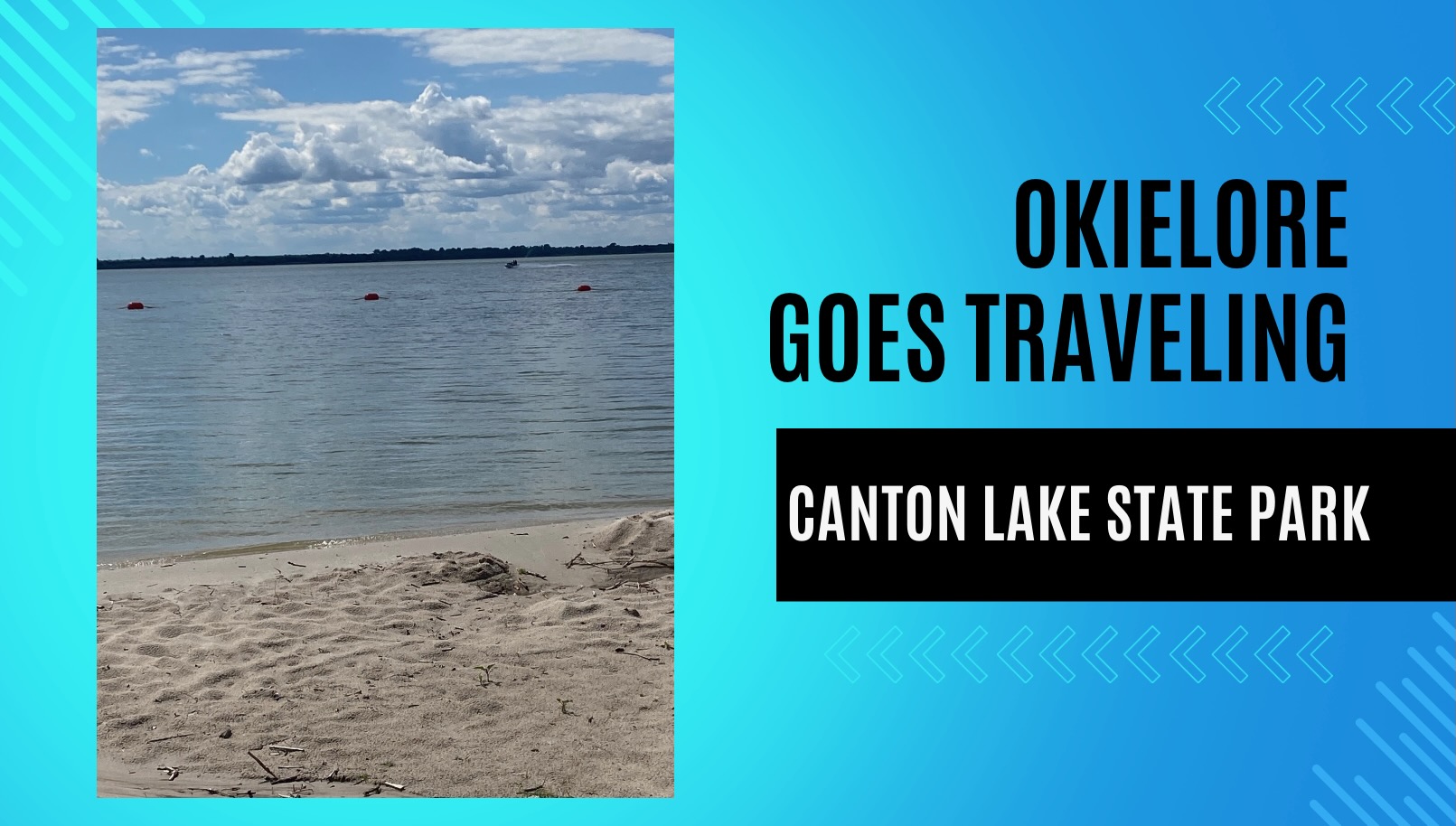
Canton, Oklahoma, and Canton Lake Played
Brief but Important Parts in Oklahoma’s history.
While the state park and the small town nearby are fun to visit. They also both played important parts in Oklahoma's history.
The History of Canton, Oklahoma
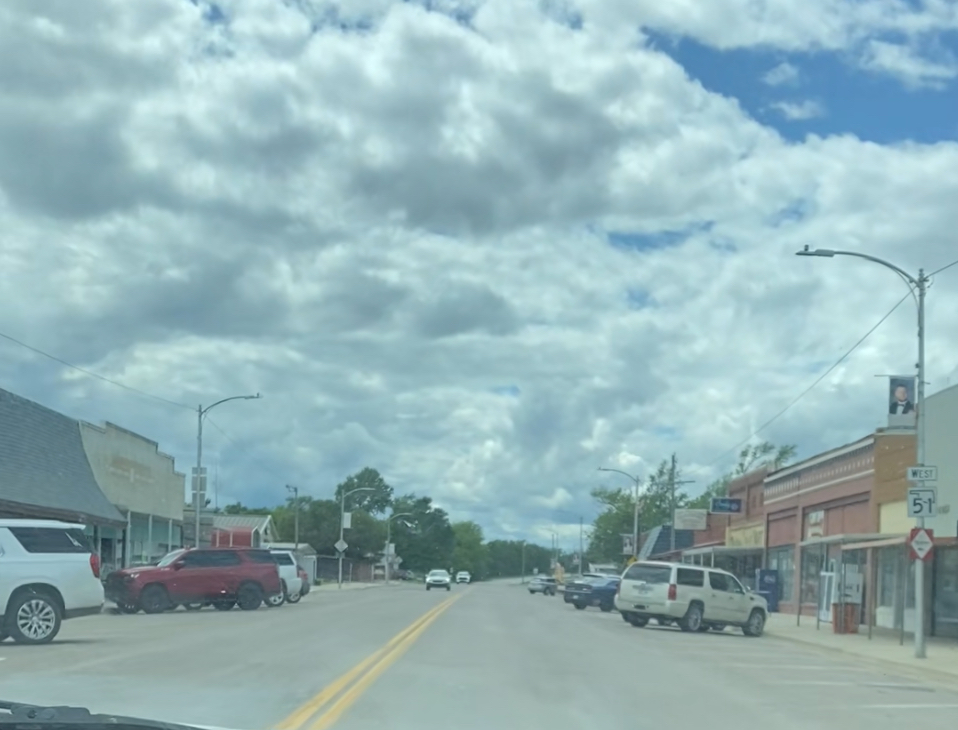
When the Cheyenne and Arapaho tribes were relocated to Indian Territory in the late 1800s, a temporary fort, or cantonment, was set up to help maintain peace between settlers and the Indians. The U.S. Army called the temporary fort Cantonment on the Canadian River.
Both the Cheyenne and the Arapaho had a reputation for being fierce and effective in battle. They won a battle against U.S. soldiers at Little Bighorn and managed to kill Colonel George A. Custer. In retaliation, Colonel Ranald S. Mackenzie, bringing with him nearly 1,000 soldiers, attacked several Cheyenne in what would later be known as the Dull Knife Raid, the name taken from a beloved chief named Dull Knife.
The raid was devastating to the Cheyenne. Many were forced from their camp without adequate clothing to survive the winter. Eventually, the Cheyenne were forced to relocate to a reservation in Indian Territory.
Sadly, many in the government at that time didn’t care for the Indians. While the government promised the Indians sufficient food and medicine, government officials provided little of either. Many Cheyenne died.
Eventually, the government allowed the Cheyenne to return to Wyoming, and many did. The army gave up Cantonment on the Canadian River, and it was taken over by Mennonite missionaries who opened up an Indian school there. The name Cantonment was eventually shortened to Canton, Oklahoma.
The History of Canton Dam and Canton Lake
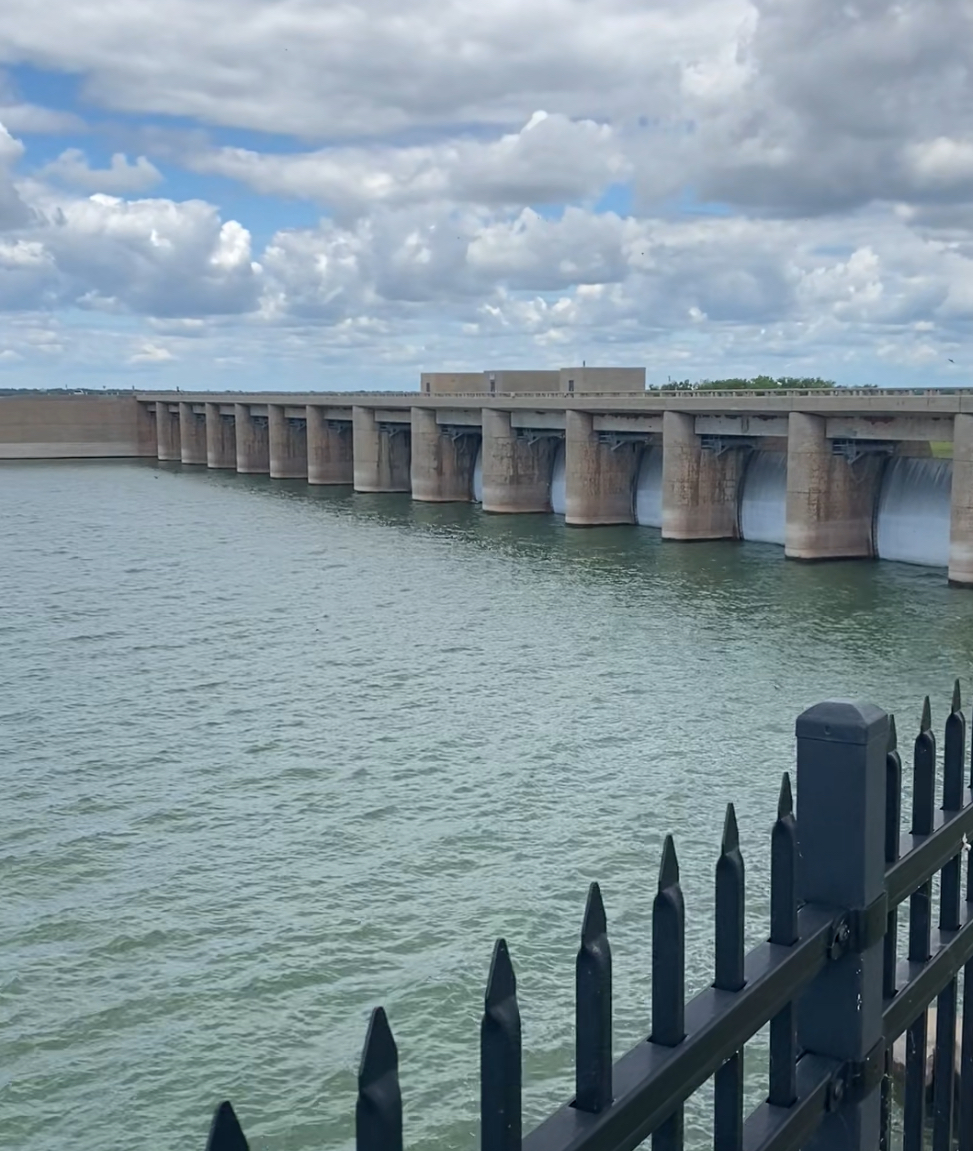
There was no Canton Lake in Oklahoma until 1948. Northwestern Oklahoma is known for being a dry area, but during the summer and fall of 1923, there was a torrent of rain, causing the Canadian River to swell to dangerous heights.
By the summer of 1923, the Canadian had reached a depth of sixteen feet. The rains kept coming, and by early October of that year, the river had reached a dangerous level of twenty-five feet.
By October 12, water overran the banks and flooded the town of Canton, leaving it under five feet of water. The rising water also stopped the railroads in western Oklahoma. The water rushed down the Canadian River toward Oklahoma City. It washed out two bridges, slamming them into the Overholser Dam. In 30 minutes, the water behind the dam rose more than seven feet. Eventually, the dam gave way, forcing more than 15,000 people to be evacuated. Eight people lost their lives, and the flooding caused more than 2.5 million dollars, or more than 46 million dollars in today’s money.
The people of Oklahoma demanded that something be done. In 1938, Congress authorized the Canton Lake Project, which would include building a dam on the Canadian River and creating a lake. The project was completed in 1948, and the lake is now popular for boating, water sports, and fishing.
About Canton Lake State Park
Here are some useful things you need to know before visiting Canton Lake State Park.
Best Camping Spots at Canton Lake
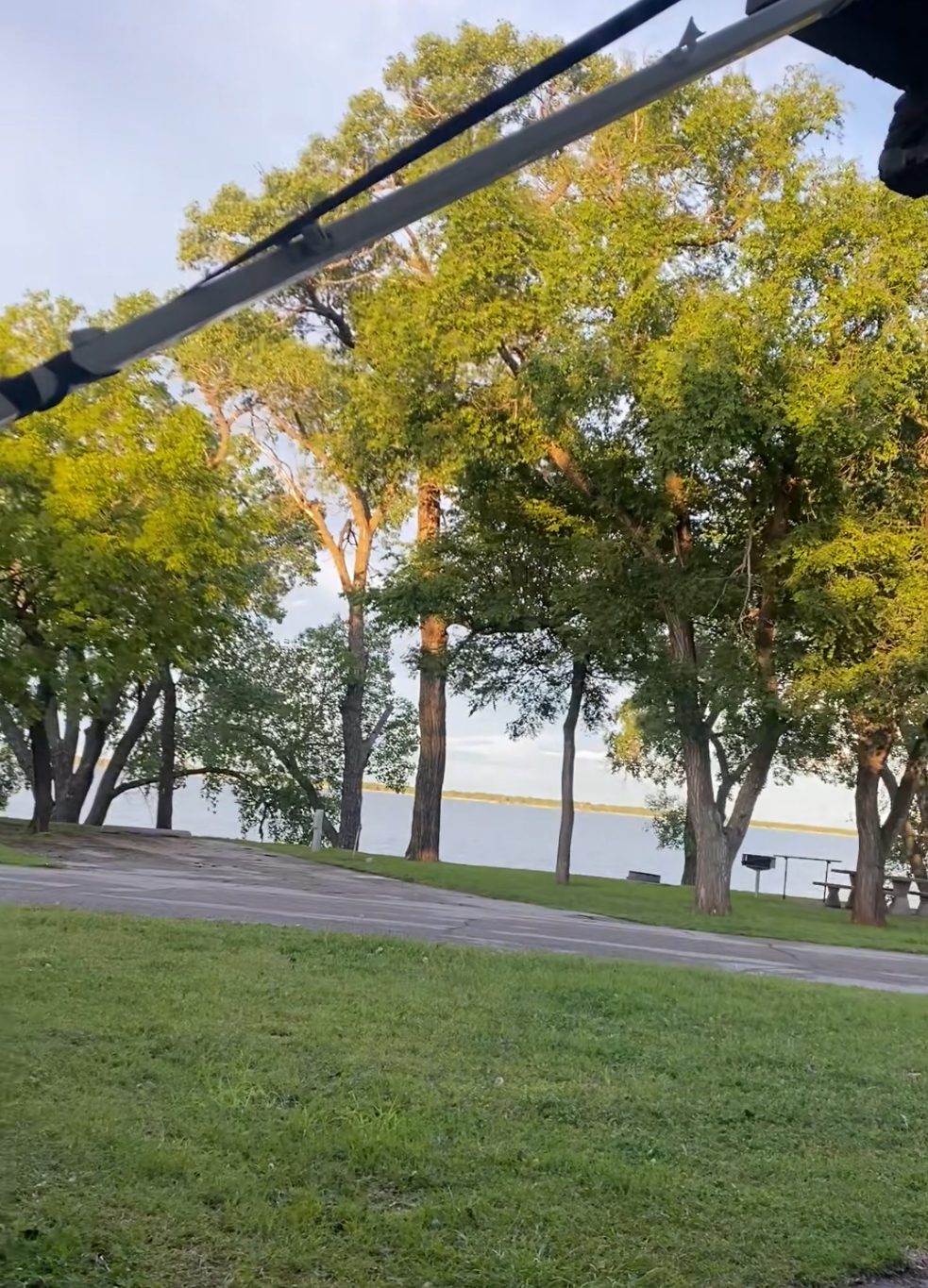
Canton Lake has more than 240 camping sites available. Visit Recreation.gov, enter Canton Lake State Park, Oklahoma, and you’ll find that several campgrounds are available at a reasonable price. We stayed at the Big Bend Campground, and it was absolutely beautiful. Many sites are right on the water, and there are several docks to get your boat on the water, if you have one.
Many of the sites have water and electric hookups, so you can stay there in air-conditioned comfort during even the hottest days, although you will need your own air conditioner. My husband and I have a travel trailer, but I’ve seen people bring window units that they connect to their tents
Sandy Cove has a beach where swimming is permitted. It’s a popular place in the summertime, so you may need to reserve a site in advance if you choose to camp there.
Where to Fish at Canton Lake, Oklahoma
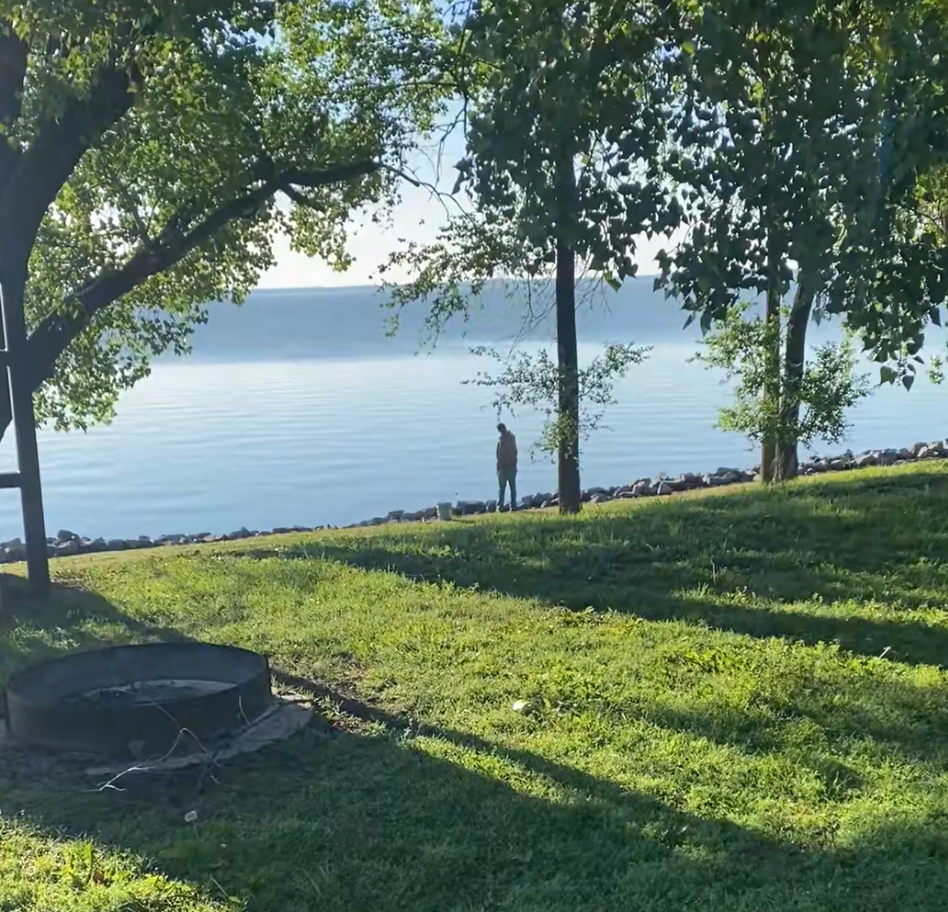
Canton Lake State Park is famous for its walleye rodeo. The event started in the 1960s and is still going strong today. Fishermen who participate can earn cash prizes in several categories, including for the largest walleye.
I saw some mighty big carp at the dam’s spillway when I was there, but not everyone likes carp because it’s so bony. Fortunately, there are plenty of other types of fish at Canton Lake, including their famous walleye, white bass, bass, and catfish.
Savvy fishermen these days use apps such as Garmin, Navionics, and iBoating to help them locate fish in the large lake.
Best Time to Visit Canton Lake
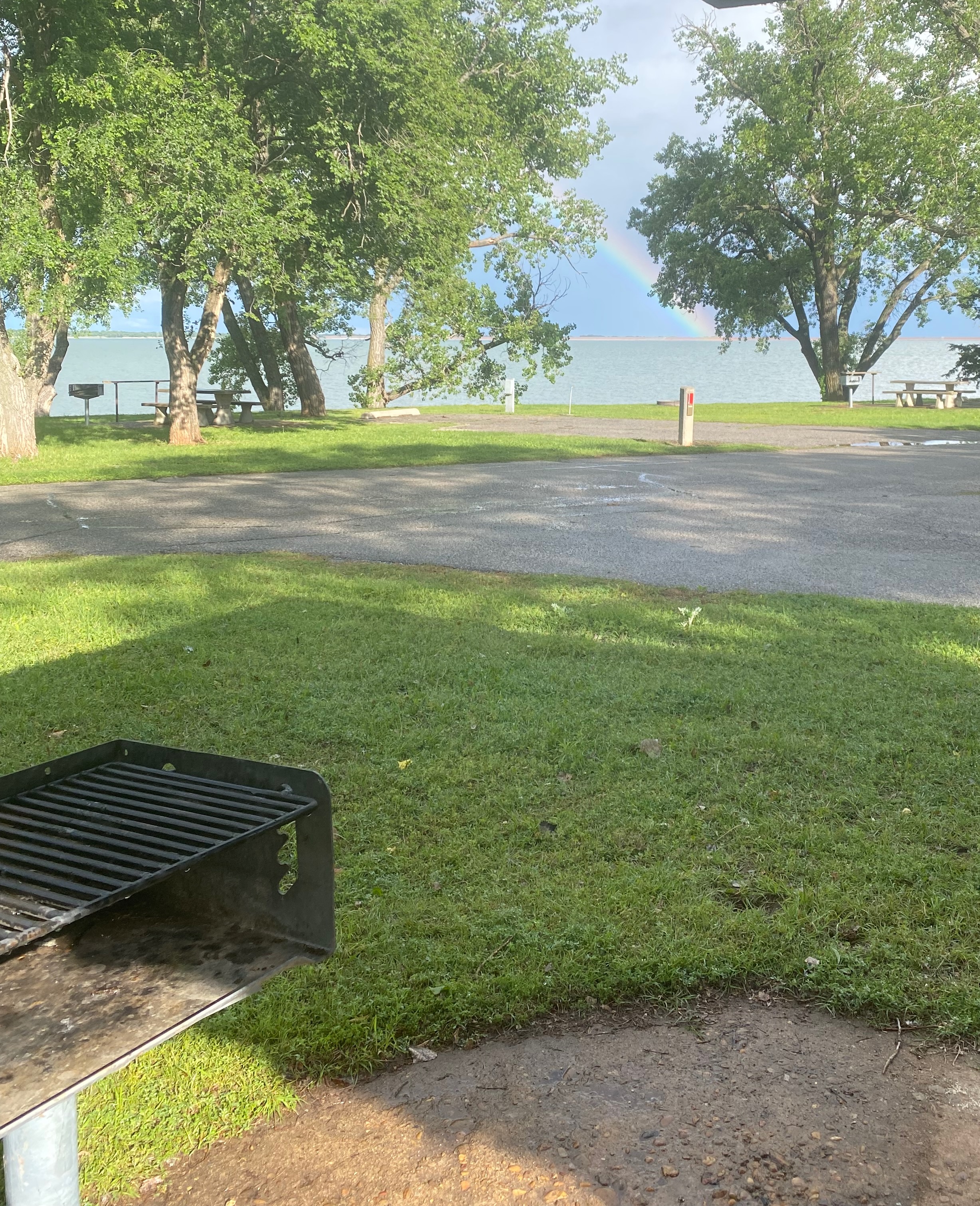
If you wish to camp while you are there, you won’t be able to stay during the winter months. Most of the campgrounds surrounding Canton Lake State Park are closed from November through February.
Big Bend Campground as well as Canadian Campground open up in April and remain open through the end of September. The Sandy Cove Campground opens April 1 and closes in the early part of September. Longdale Campground opens the first of May and closes the end of September.
If you’re coming for a day trip during the winter months, the park is usually accessible, although it would be wise to check the weather and check Canton Lake Army Corps of Engineers website.
Watch the video below to learn more:
